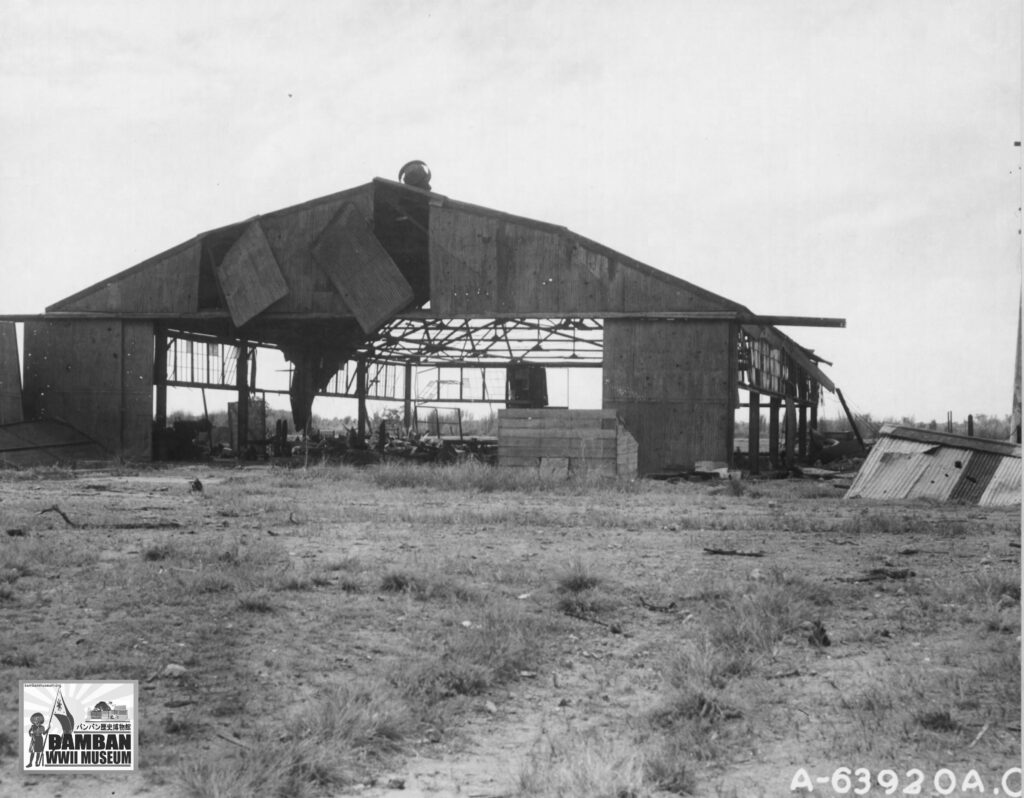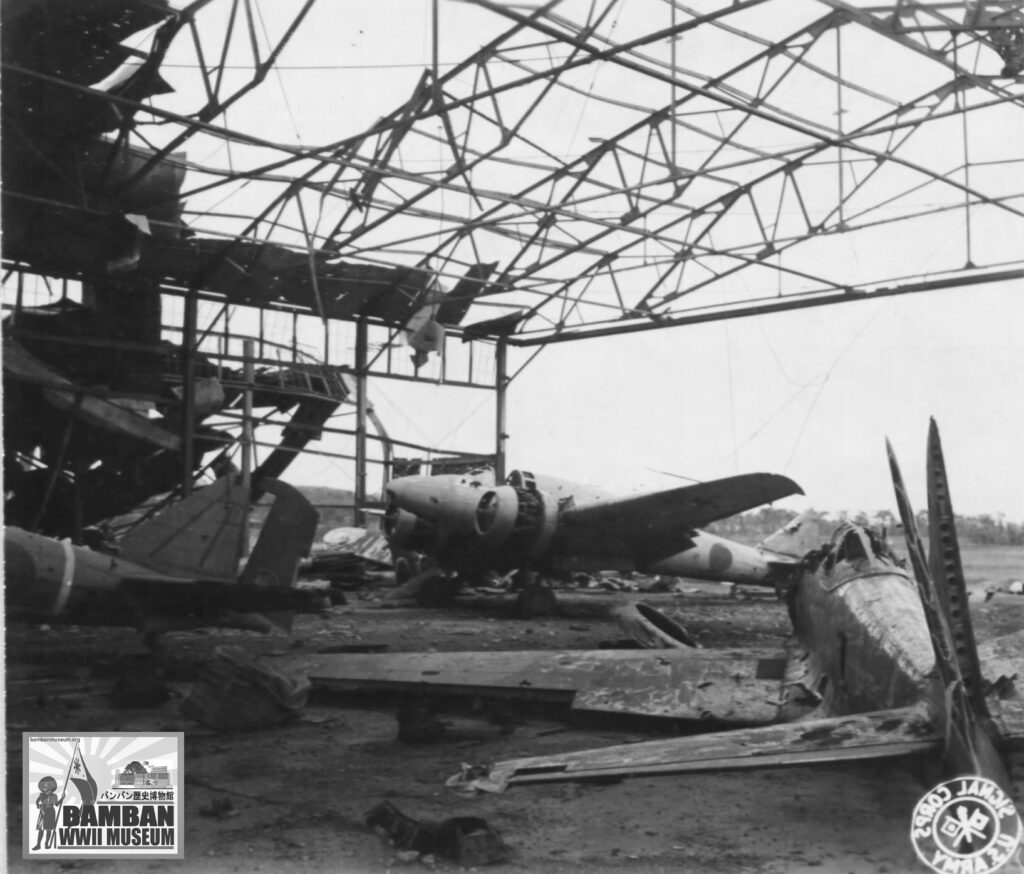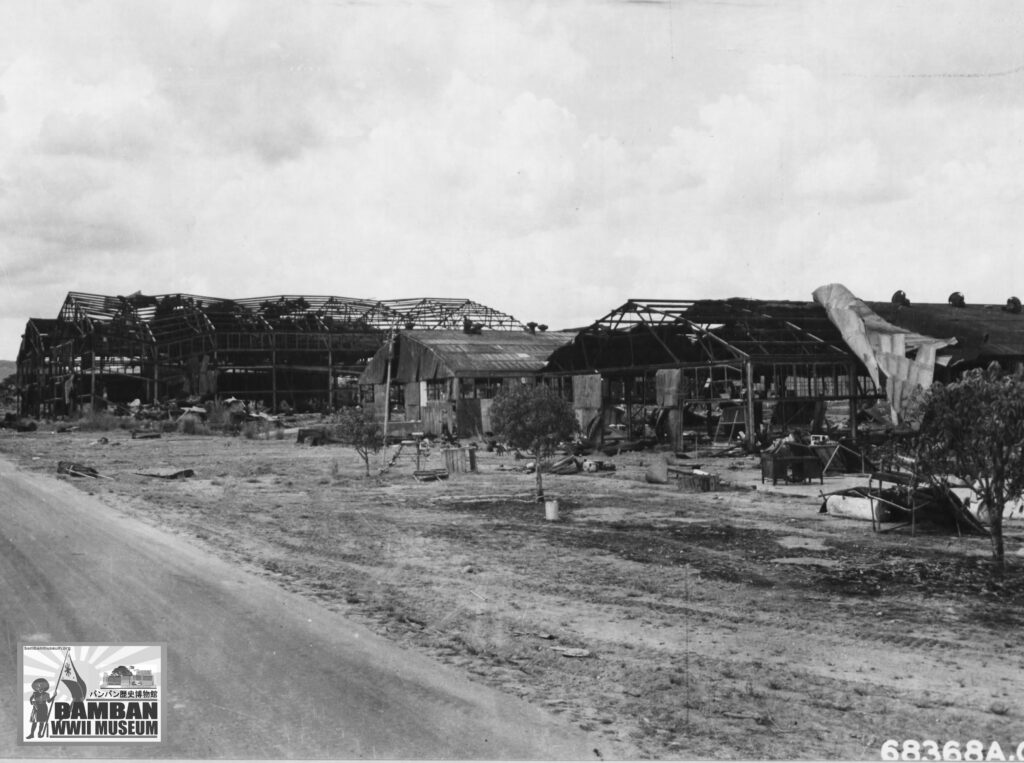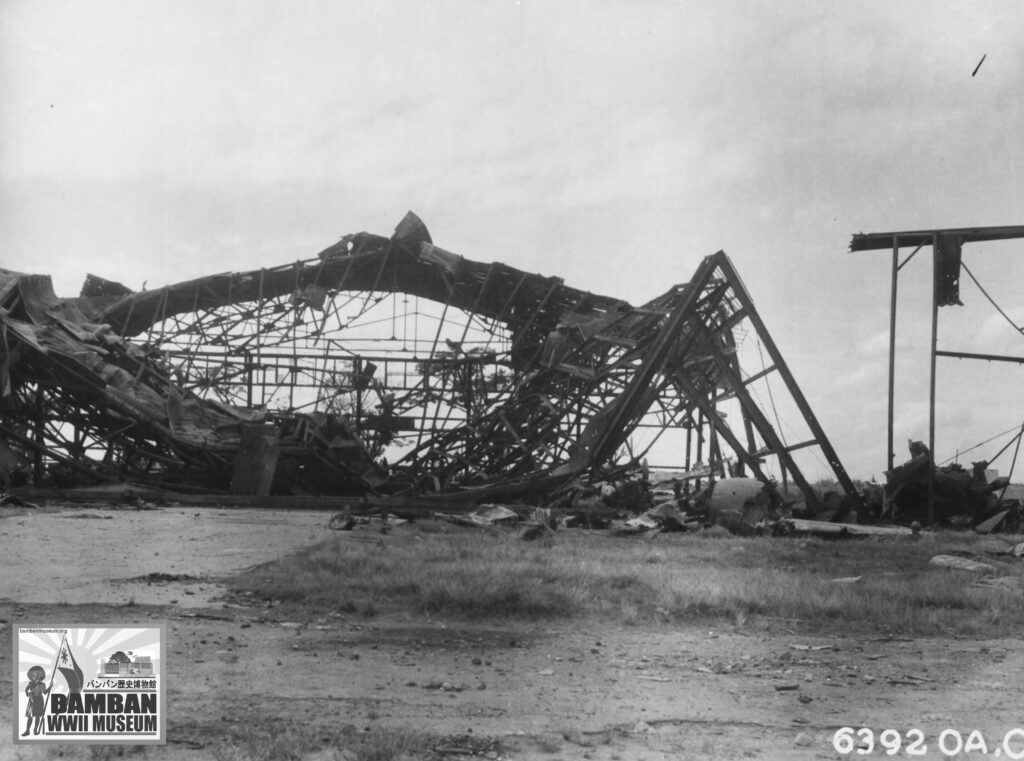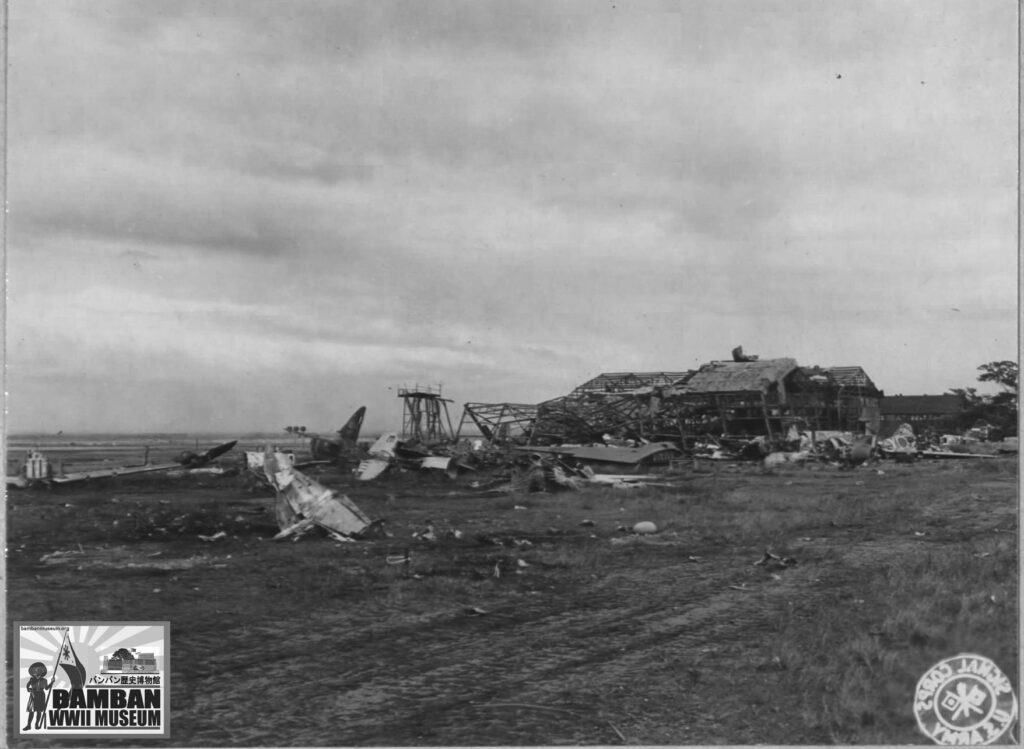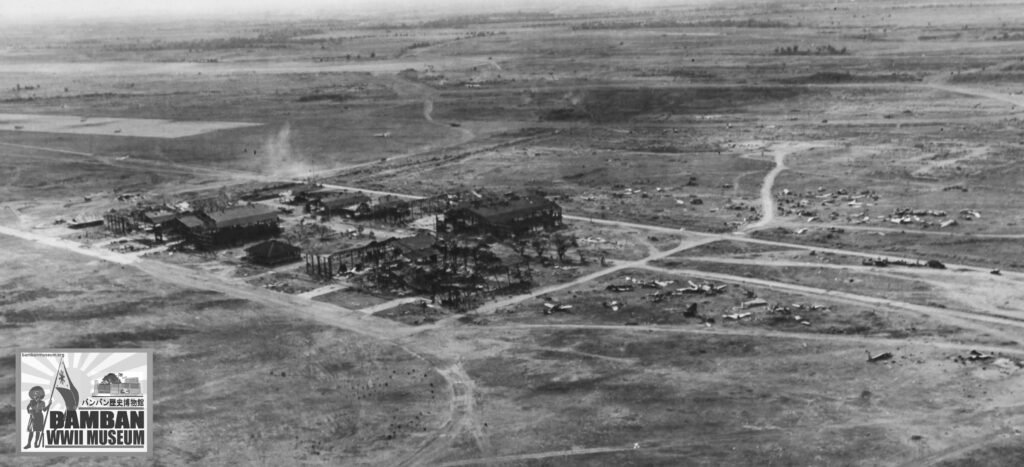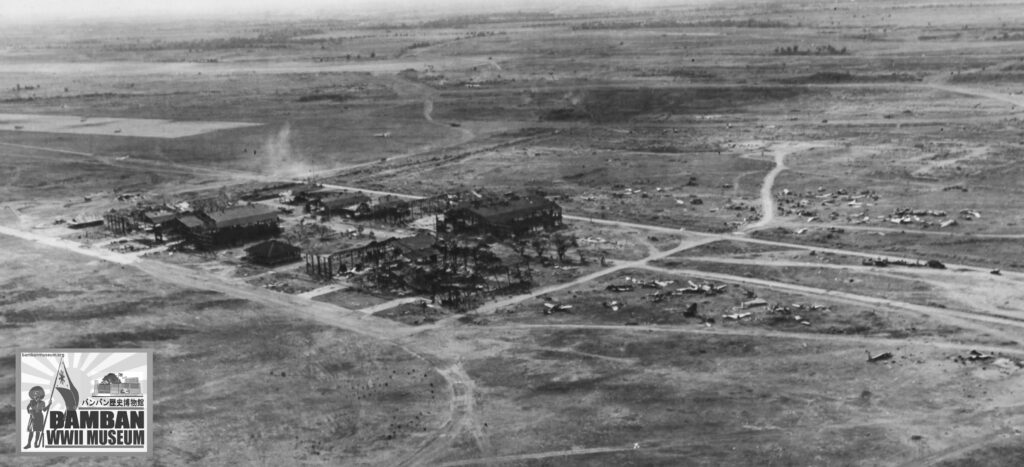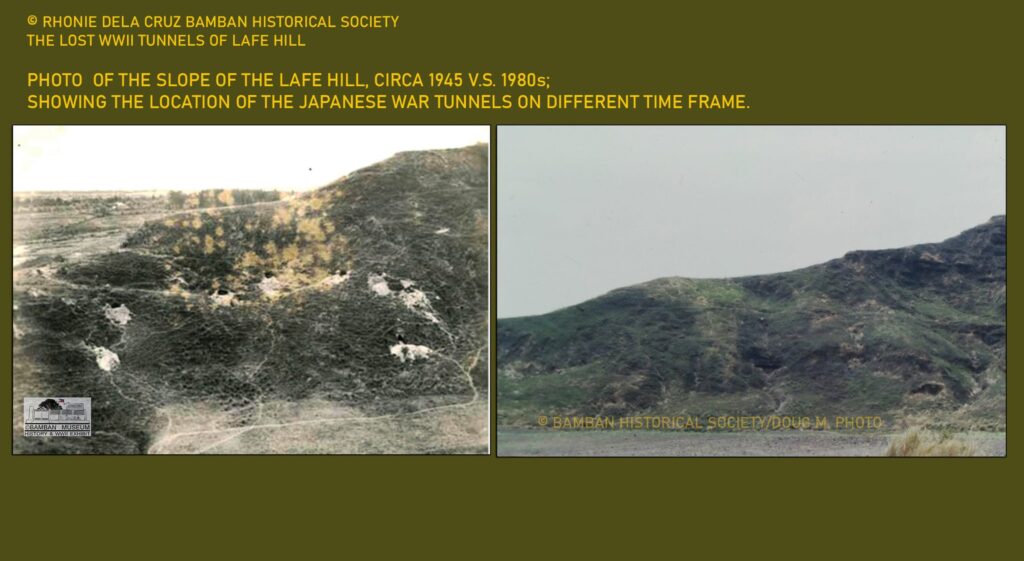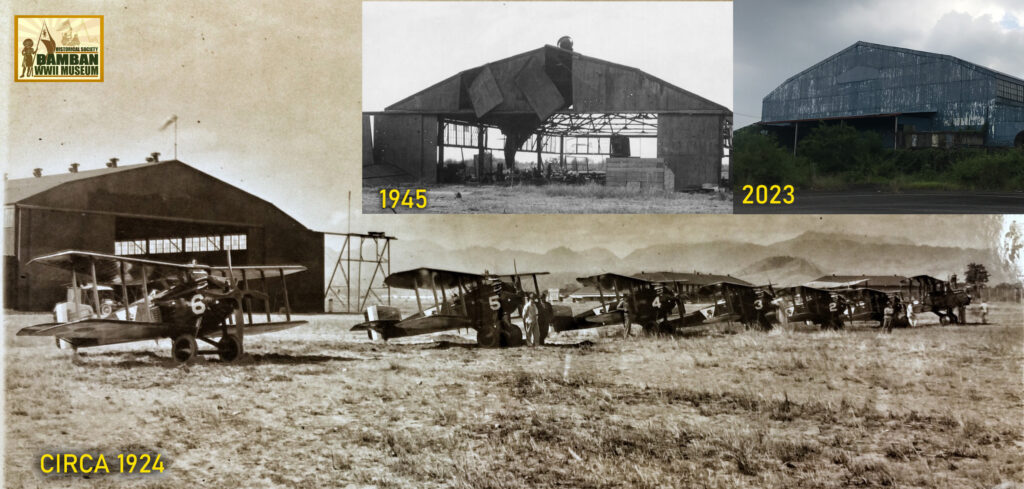
Investigating History:
THE ORIGINAL CLARK HANGARS: THE END OF AN AVIATION HERITAGE STRUCTURES?
クラーク飛行場の格納庫構造の端?
From its beginning in 1919 as part of an extension of the U.S. Army’s Fort Stotsenburg for its Aviation Section of the Signal Corps, Clark Field had transformed into a major aerodrome of the Americans in the Pacific by the U.S. Army Air Corps. With the advancement in aviation and aircraft as an indispensable military strategic tool in warfare, Clark Field became an important airfield, with its 9 hangars and aircraft maintenance facilities. With war inevitable in 1941, the aerodrome was bombed by the Japanese on December 8, signaling America’s declining military might in the Pacific and the rise of the Japanese military power.
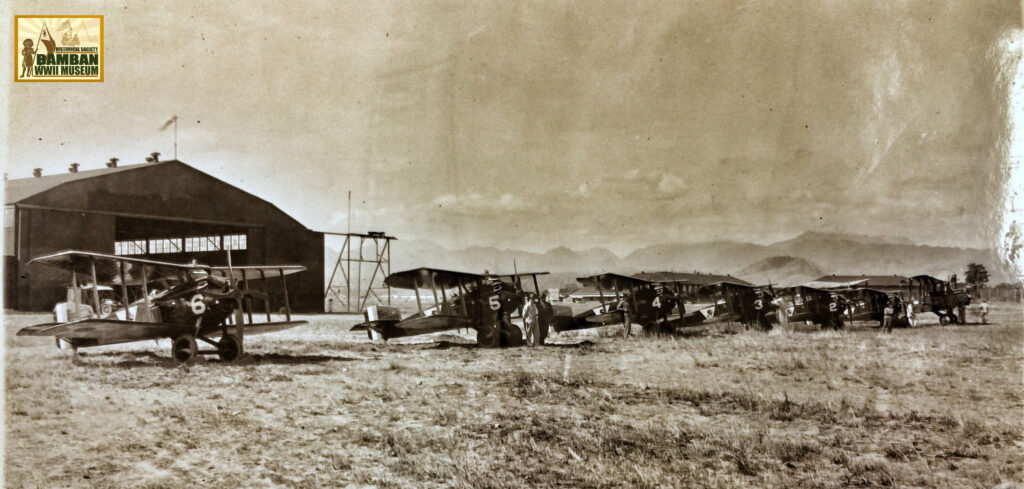
After the fall of the USAFFE Defense Line No. 5 in Bamban, Clark Field was captured by the Japanese, used primarily by the Japanese army air force on its Bataan and Corregidor campaign, until the surrender of the Filipino – American forces. The 4th Air Army deployed air units at Clark, and the 10th Air Sector became the airfield unit. Clark expanded from its original v-shaped runway, with more air strips to the north in Lilly Hill, the concrete field and the Clark south of Margot as well as near the present SM City Clark. By early 1944, the area surrounding Clark, at Bamban, Mabalacat, Angeles, Porac and Floridablanca were fully developed into functional air fields, the whole set of complexes were known to be called Clark Air Center.
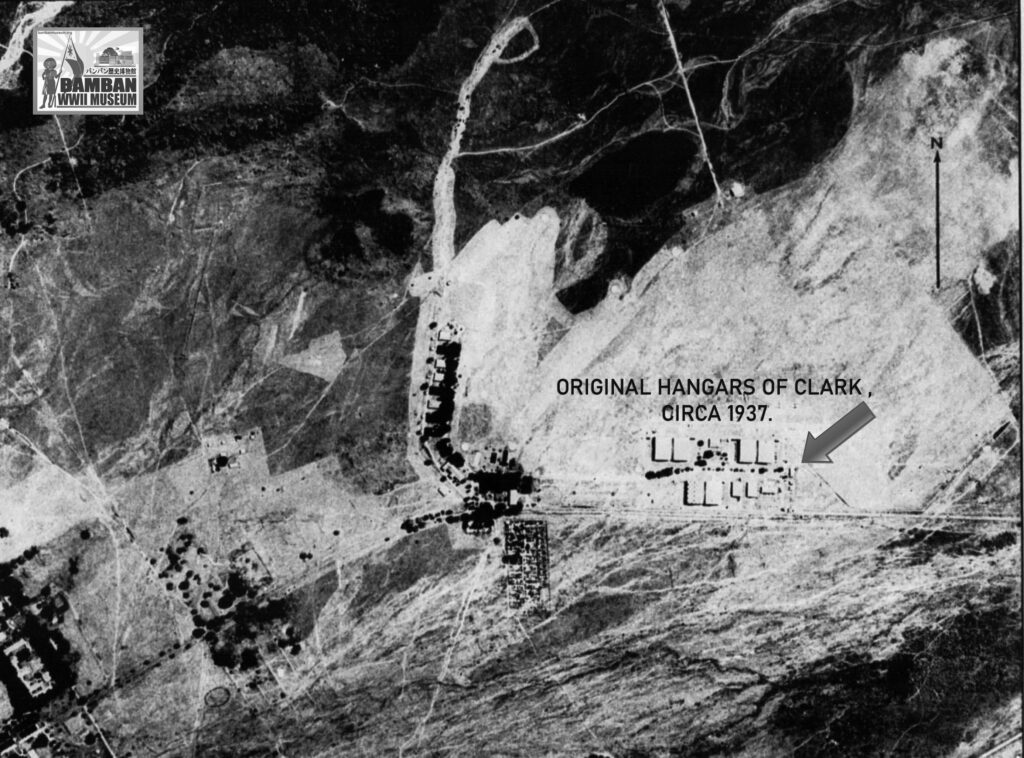
By September 21, 1944, the first American air operations in Luzon was carried out at Clark. By that time, the original air strip was no longer use, with the development of the many air strips carried out and functional as of early 1944. The Clark original hangars were used by Japanese army aircraft deployed nearby Clark Nos. 2, 4 and the Margot Airfields, which were in proximity. By October, until December, Clark, as well as the original hangars were subjected to aerial bombardments. The bombing of Clark on December 25, 1944 by the 494th Air Group Consolidated B-24 Liberators was one of the heaviest bombings conducted by the U.S. Army Air Corps heavies. By January 1945, it was the turn of the U.S. Army Air Corps heavy and light bombers; the B-24Js, North American B-25J Mitchells and the Douglas A-20 Havocs. On January 7 to 9, a combination of the light bombers from B25 and A-20s conducted saturated bombings on the Clark proper airfields, including the original hangars.

With the clearing of Clark Field by the 129th and 145th Regiment, 37th Division U.S. Army in late January 1945, Clark Field was all burned structures, and the original hangars succumbed to collapse, with only a couple of the original 9 hangar and aircraft maintenance facilities survived.
Post-war, with these original hangars, the biggest 6 facilities, were rebuilt by the U.S. Air Force, only to stand another test of time, this time in 1991-1992; the eruption of Mt. Pinatubo. With the demise of Clark Air Base due to the withdrawal of the 13th Air Force, only two of the original hangars are now standing.

However, the future of these remaining tangible structure of aviation history that is of the Clark Field is in danger, as the area might be developed into an expansion of the Clark International Airport Corporation’s additional runway.
By posting these photographs of the old hangars of the original Clark Field, may we be reminded of the history and the importance of heritage and its preservation of these tangible historical structures embedded in our knowledge and understanding of our past.
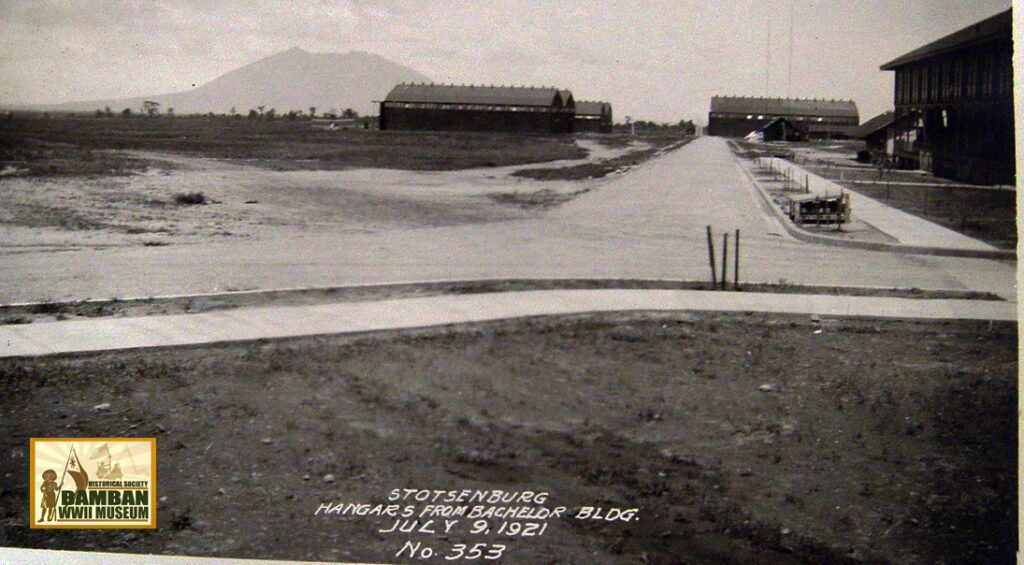
We just hope that these aviation heritage structures will be considered for preservation and to serve other purpose that we and the generations to come, may still see them in the future.
Photographs:
(a) All photographs of the surviving hangars of Clark Field, by Rhonie Dela Cruz.
(b) Other photographs taken pre-war, from the U.S. National Archives NARA, courtesy of Dave Metherell.
(c) All photographs taken in WWII, from the U.S. National Archives NARA, courtesy of Dave Metherell.

